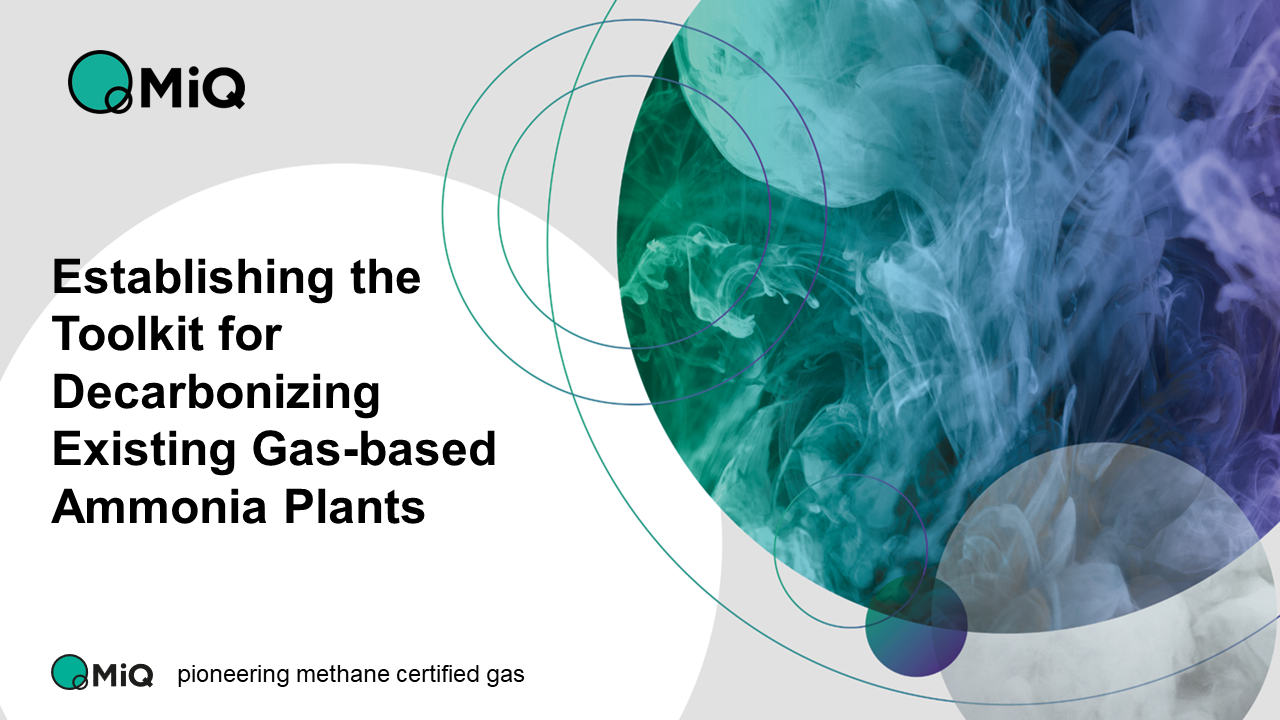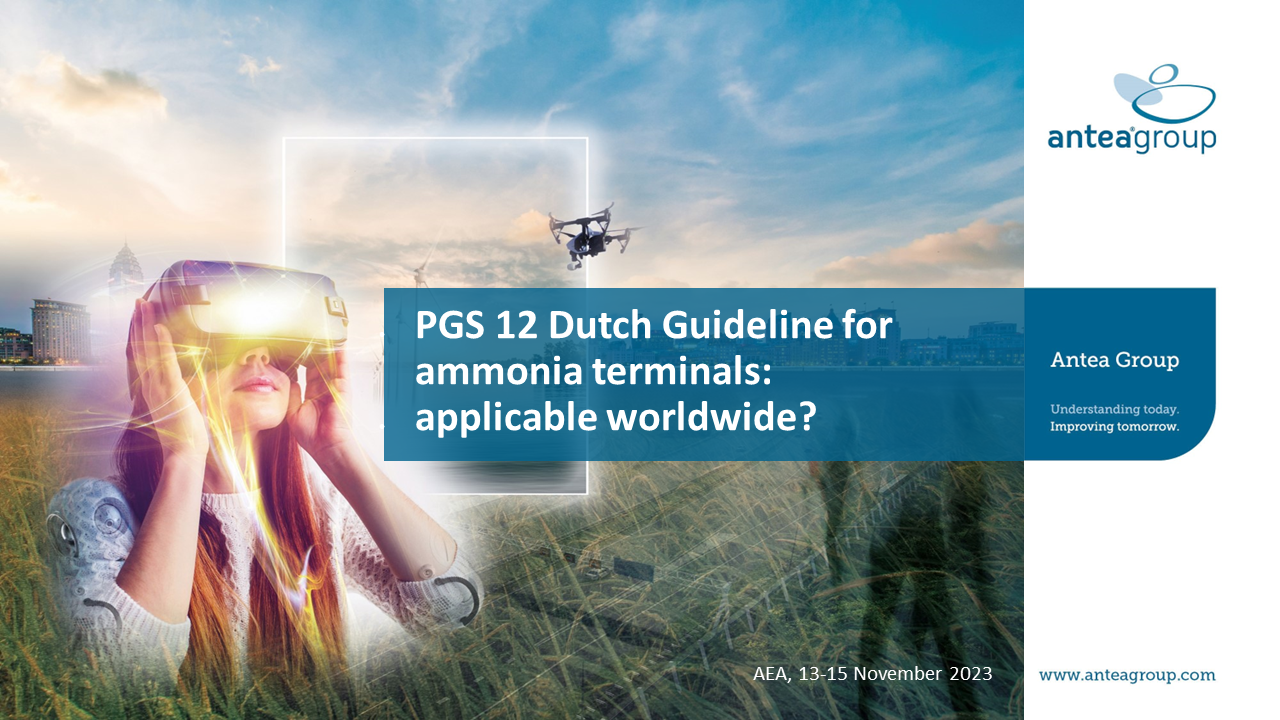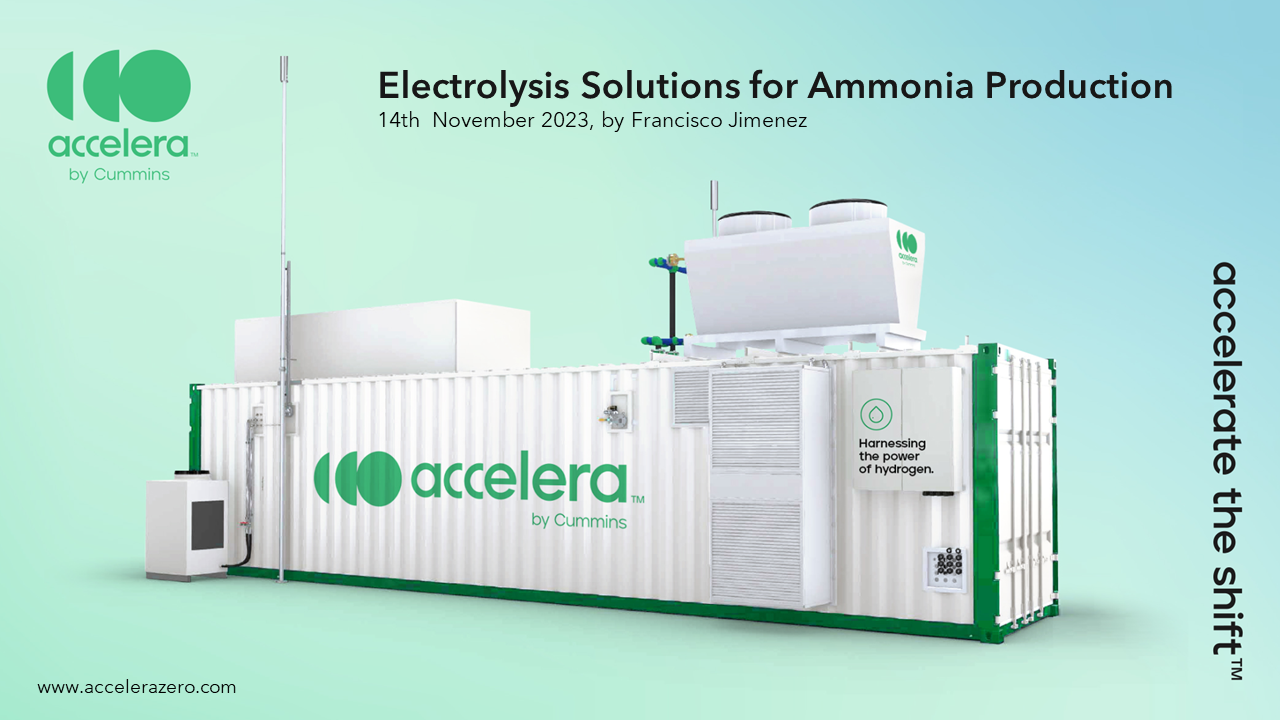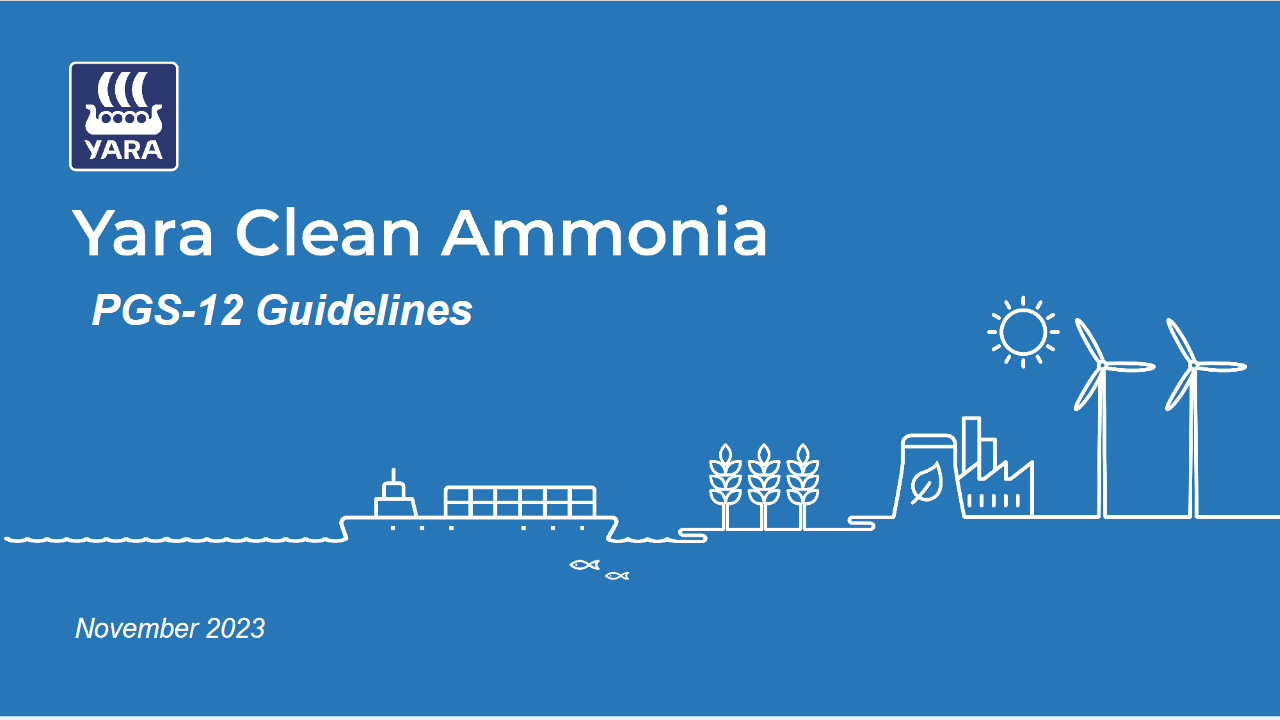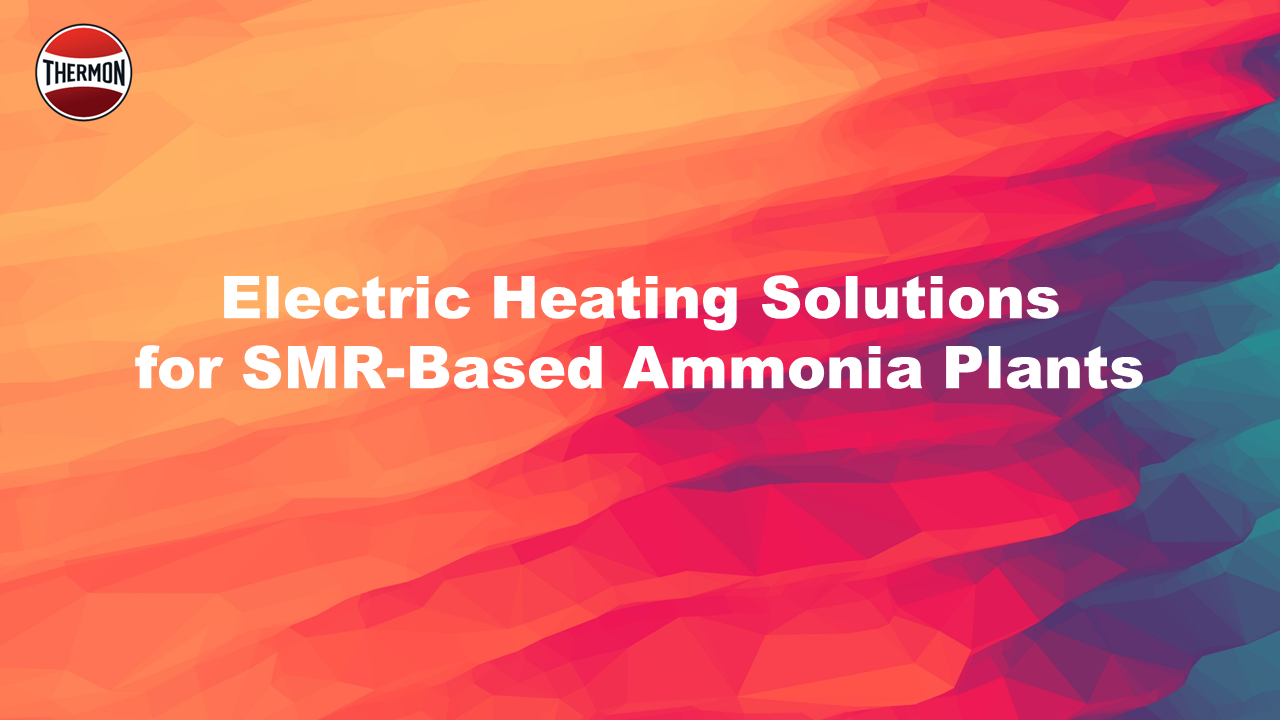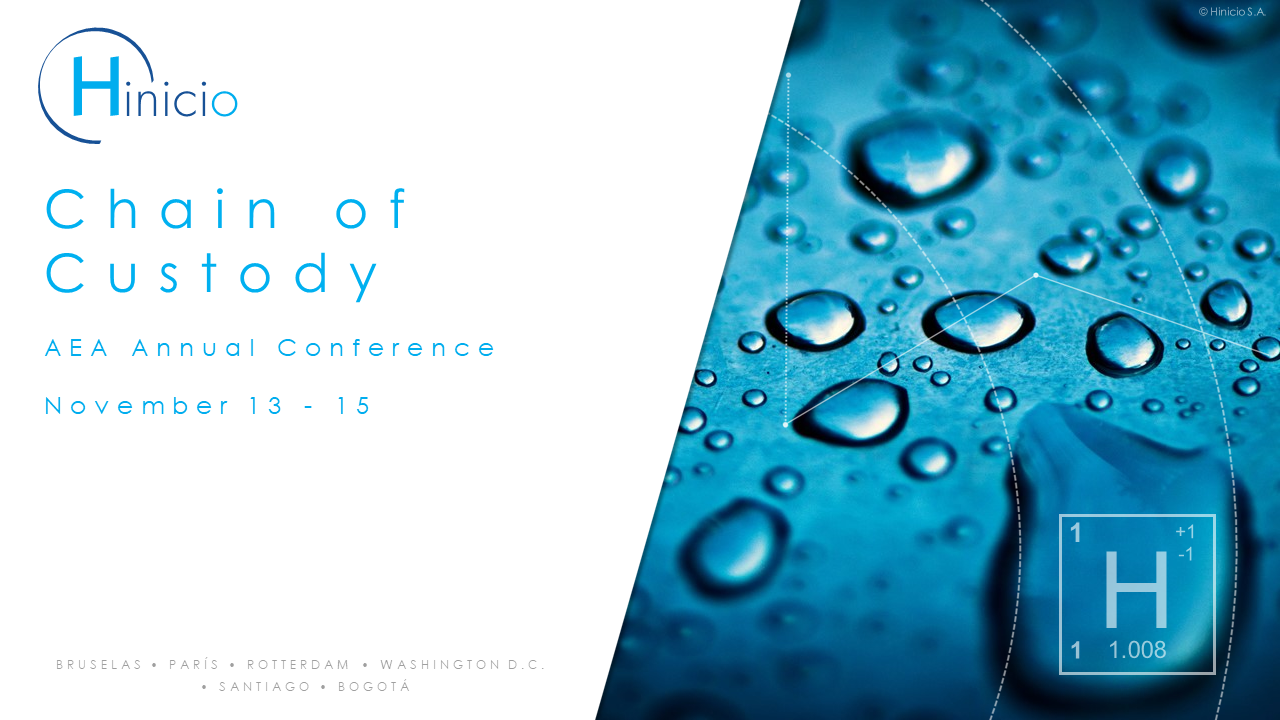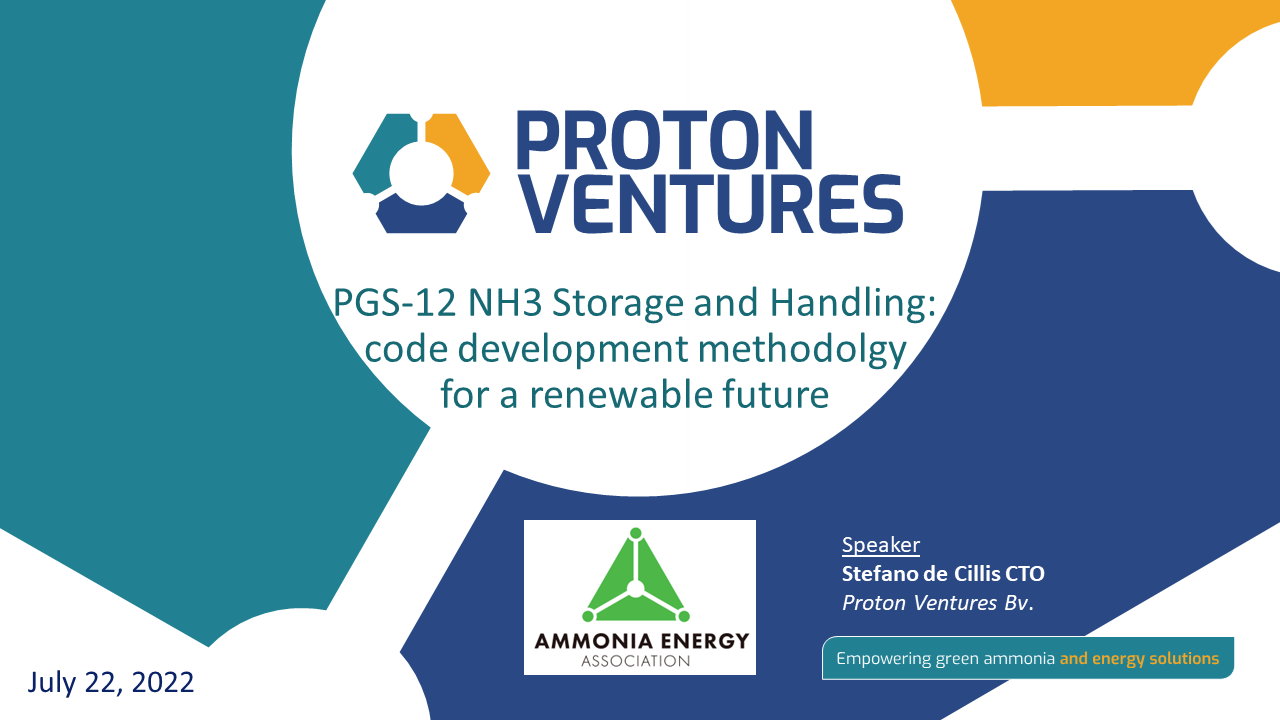Presentations
Presentation
Electrolyzer solutions play a fundamental role in Green and Hybrid Ammonia Plants
The first section of the presentation will cover the current technology status of electrolysis with a special focus on industrial and large-scale plants. It will explain different electrolyzer plant configurations according to project size to be used as reference for existing Ammonia plants and different integration capacity. The second part of the presentation will cover main technical and commercial considerations that need to be considered in integrating electrolysis to decarbonize existing gas ammonia facilities, such as: electrolysis integration, impact of the renewable power source, SMR flexibility, auxiliary systems to consider, land availability, O&M considerations, technology scale up, etc.
Presentation
Electric Heating Solutions for SMR-Based Ammonia Plants
This presentation underscores the well-established and advantageous role of electric heaters in transforming heating processes within ammonia production, with insightful parallels drawn to the broader trend of electrification in various industries. Electric heaters have emerged as a tried-and-true alternative, and this session will delve into their numerous benefits, making a compelling case for their adoption. As industries worldwide are increasingly electrifying their heating processes to combat emissions, we will explore the technical and operational advantages of electric heaters, specifically within the context of ammonia production, utilizing the Haber-Bosch method. With a focus on reducing emissions, enhancing efficiency, and reducing maintenance…

